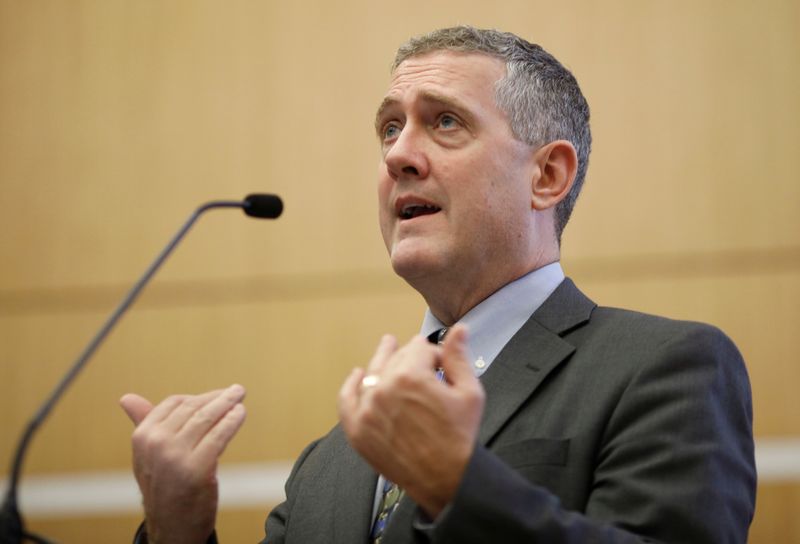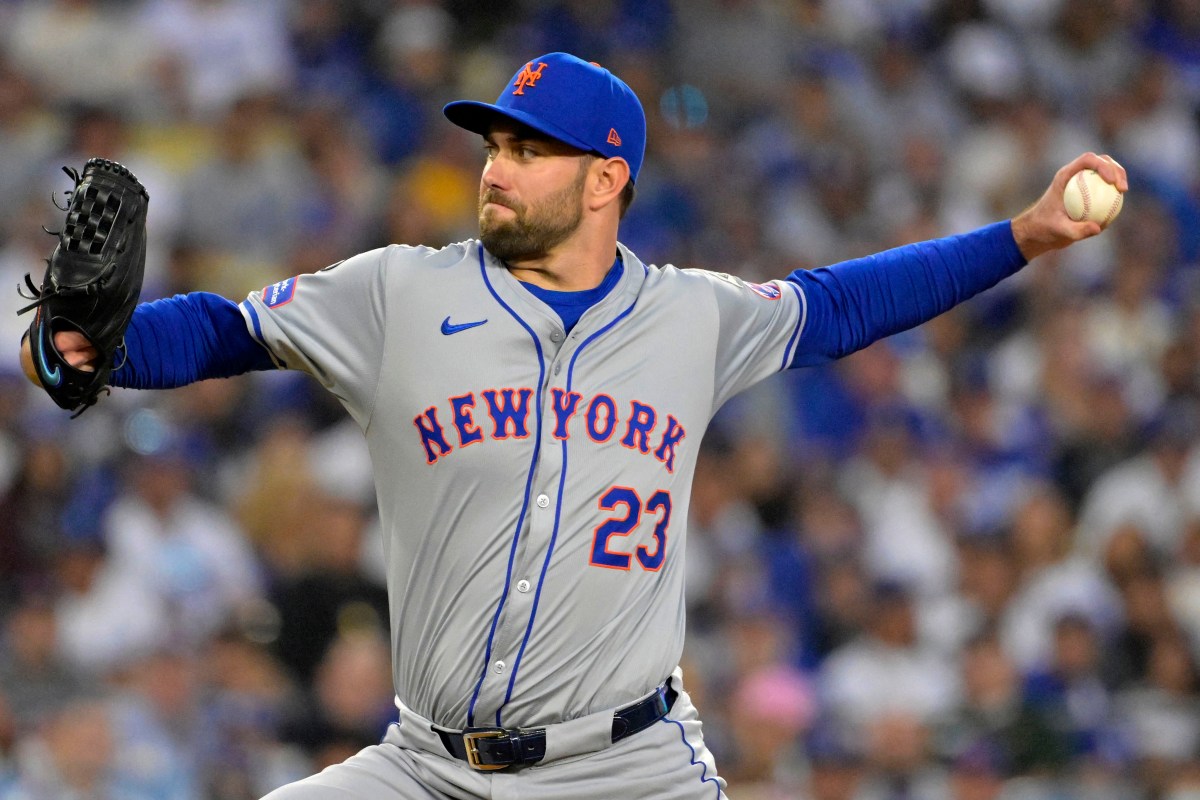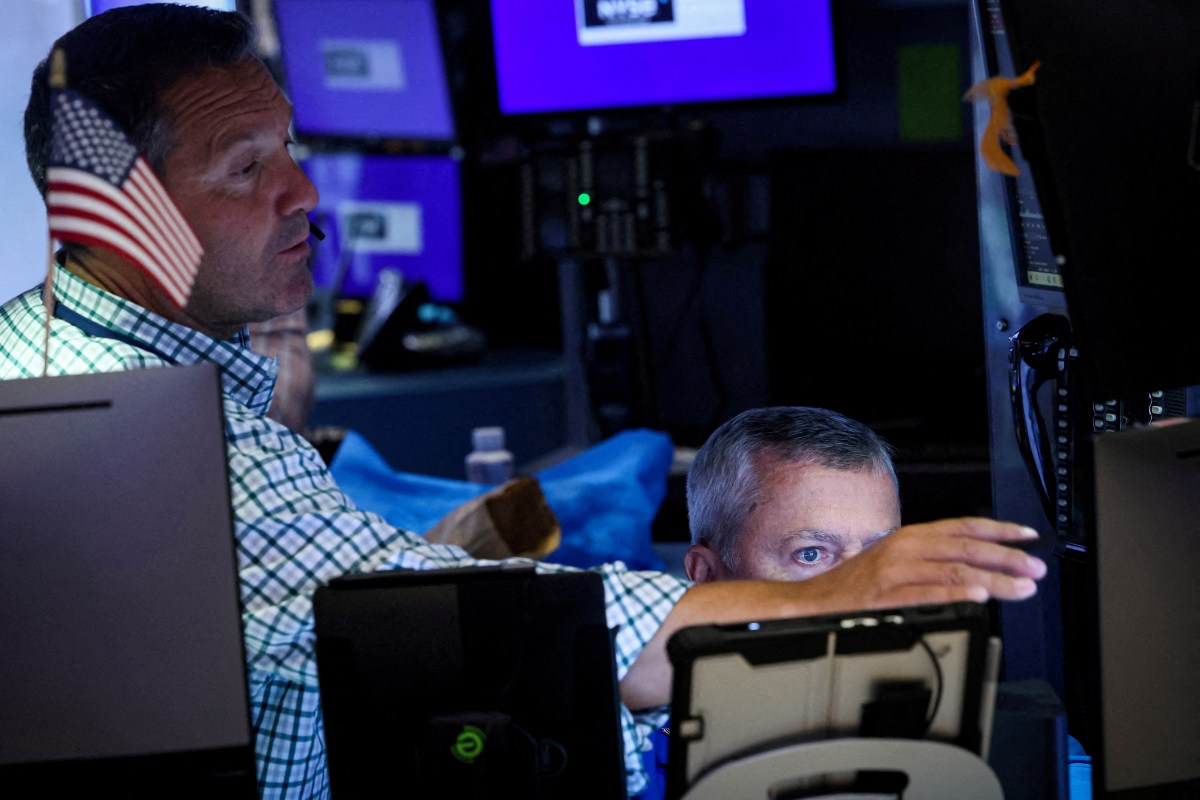WASHINGTON (Reuters) – The shutdown due to the coronavirus pandemic is costing the United States perhaps $25 billion a day in lost output and cannot be sustained indefinitely, St. Louis Federal Reserve President James Bullard said on Tuesday, adding that the country needs widespread testing and risk management strategies so the economy can reopen.
Restarting the economy would not be done by the “pronouncement” of any politician but as households and firms find ways to resume daily life “knowing this disease is out there,” Bullard said. Widespread testing or other ways to mitigate risk, even business by business or school by school, would be key, he said.
“We are going to have to get innovative on how to provide a safe work environment knowing this disease is out there and we are not going to have a vaccine in the short term,” Bullard said in webcast remarks with the St. Louis Regional Chamber.
That would ideally include near universal testing of the country’s more than 330 million residents, Bullard said.
The Trump administration and state governors have been sparring over the rules and responsibilities for allowing commerce to resume after weeks in which businesses have been ordered closed and people told to stay indoors to slow the spread of a virus that has infected more than half a million people in the United States.
The Fed has rolled out a broad set of programs and pledged trillions of dollars in lending to try to keep U.S. firms and families whole during an unprecedented economic slowdown
Its officials, including Chair Jerome Powell, have focused on the need to control the health crisis before contemplating any broad resumption of normal economic life.
Bullard on Tuesday cautioned that the costs of quarantines are real, and cannot be sustained forever. Rather than facing a destructive cycle of reinfections and renewed shutdowns, Bullard said the daily cost of around $25 billion should be motivation to invest in massive testing.
There is “no reason” the economy can’t bounce back fast, Bullard said, “if this is managed appropriately…You get the virus under control. As the incidence goes way down you should be able to reopen. Reopening means taking account of the COVID-19 risks. Ideally you would test everybody.”
(Reporting by Howard Schneider; Editing by Chizu Nomiyama and Andrea Ricci)






















